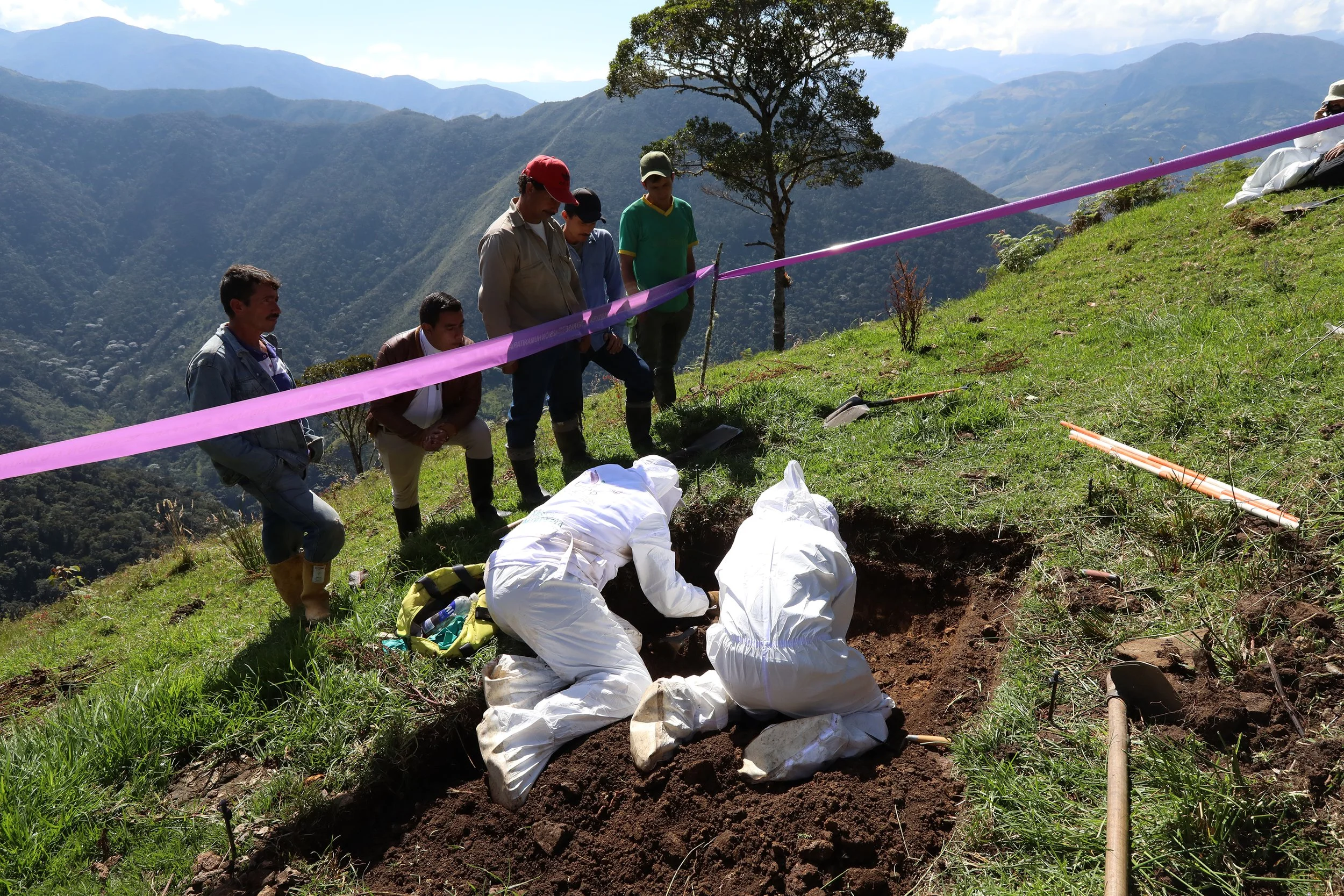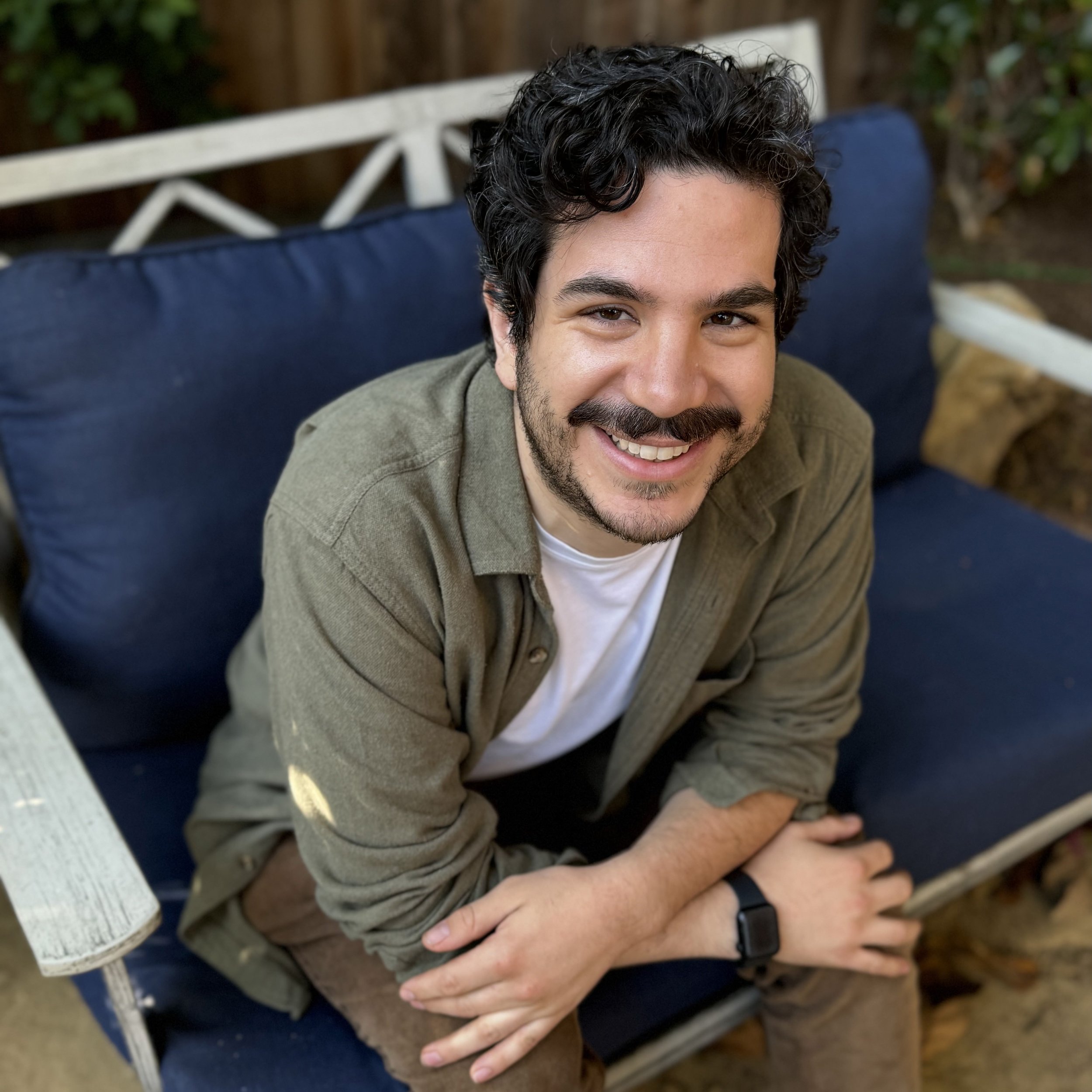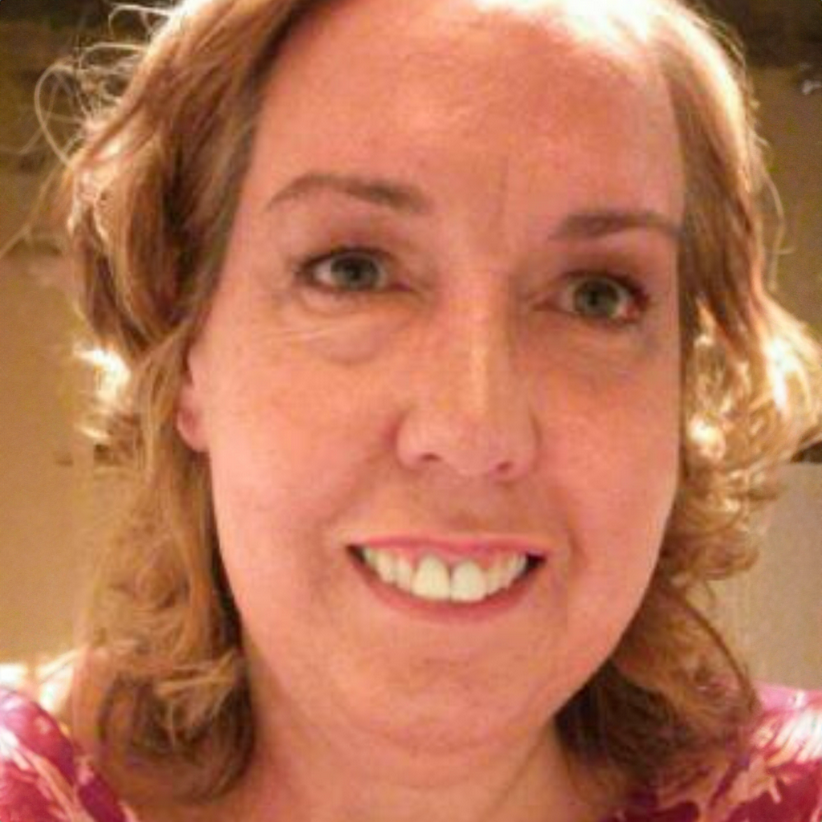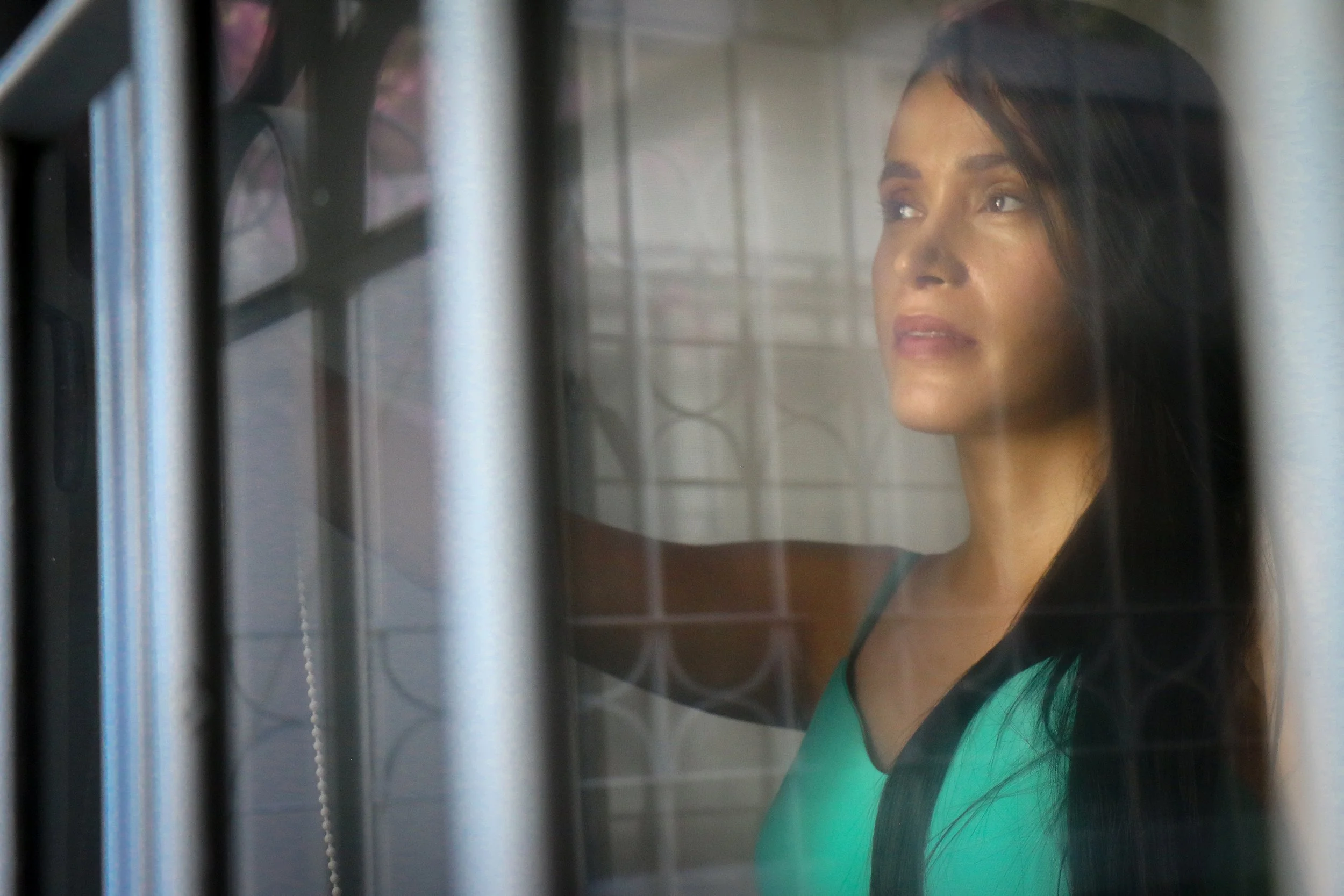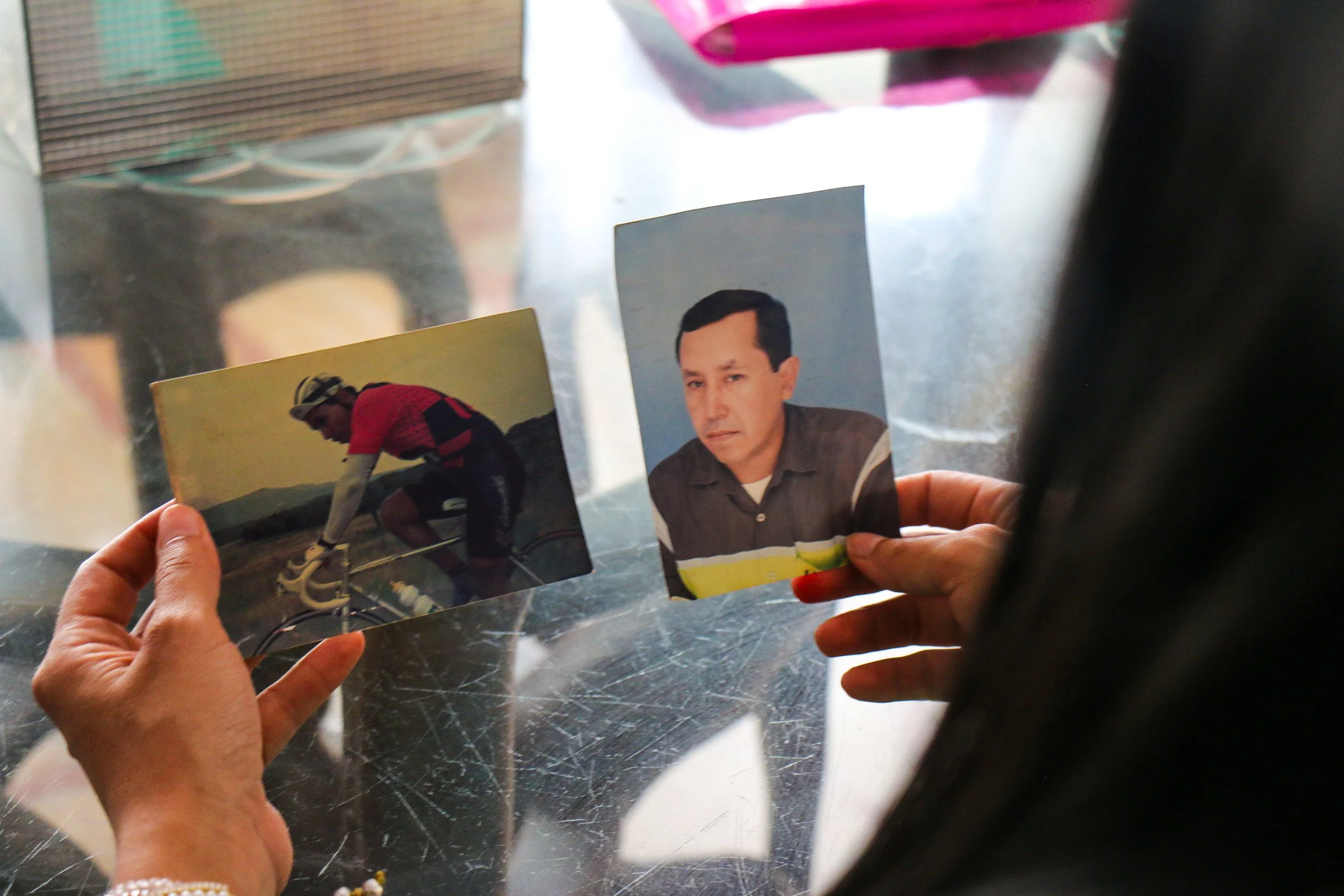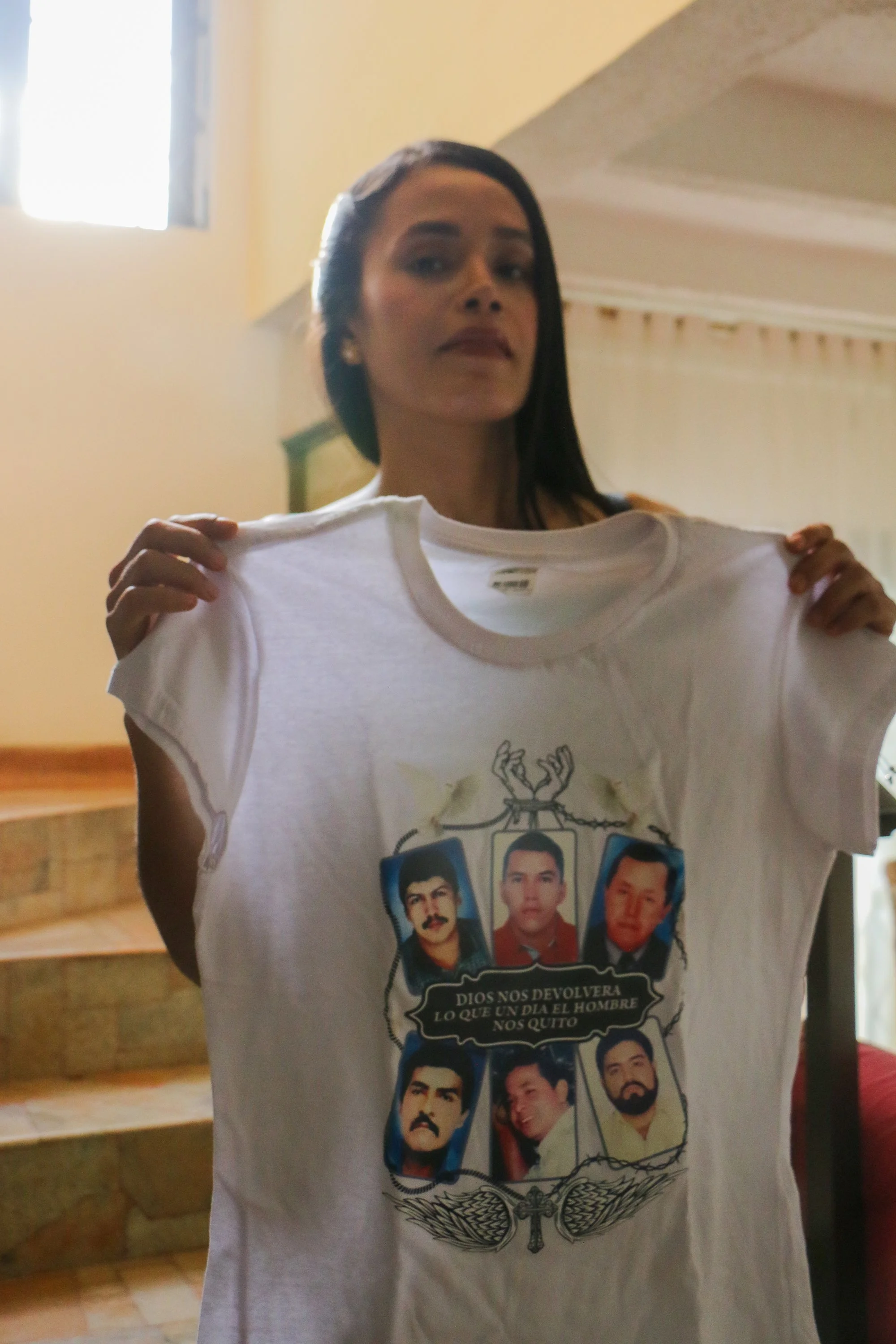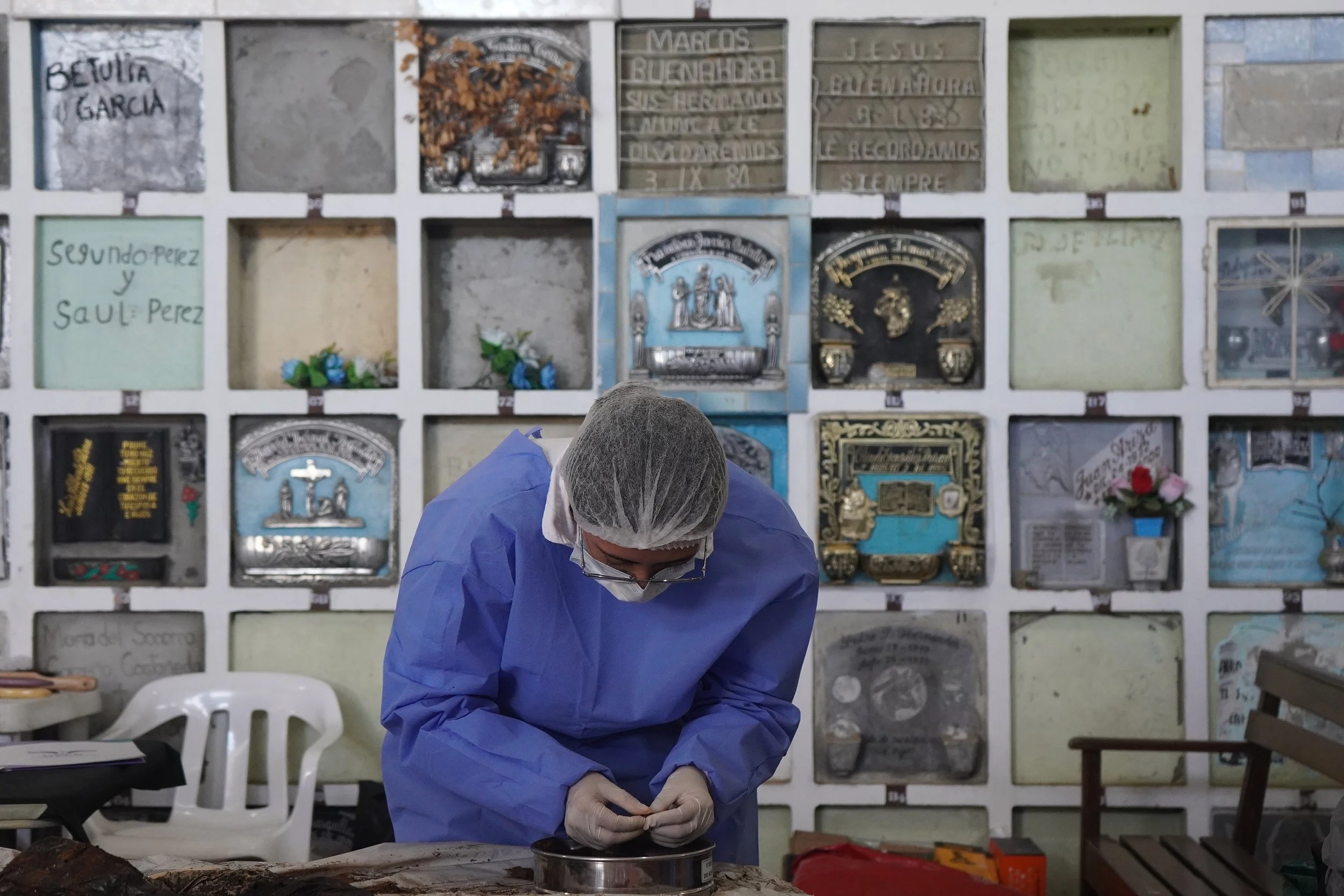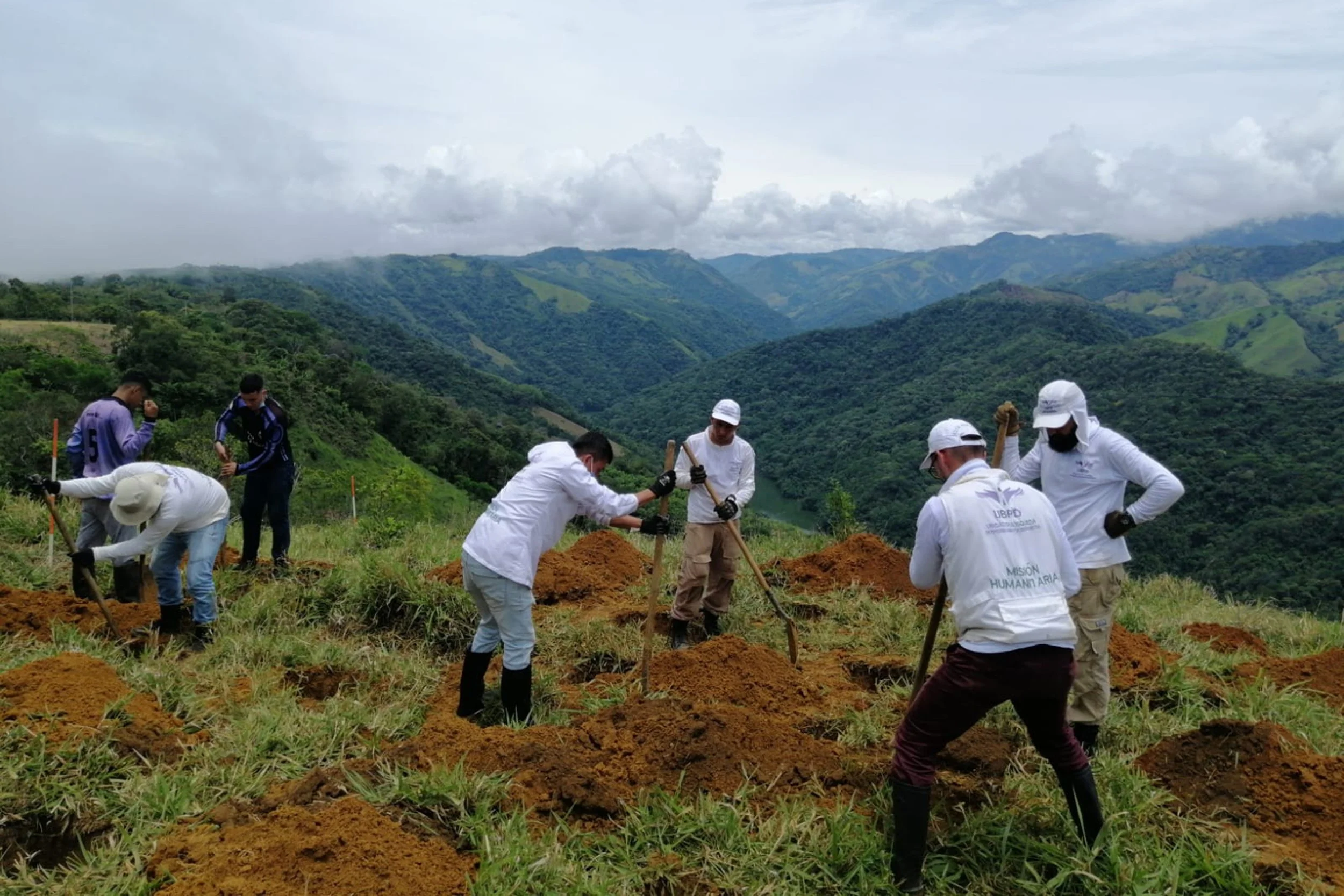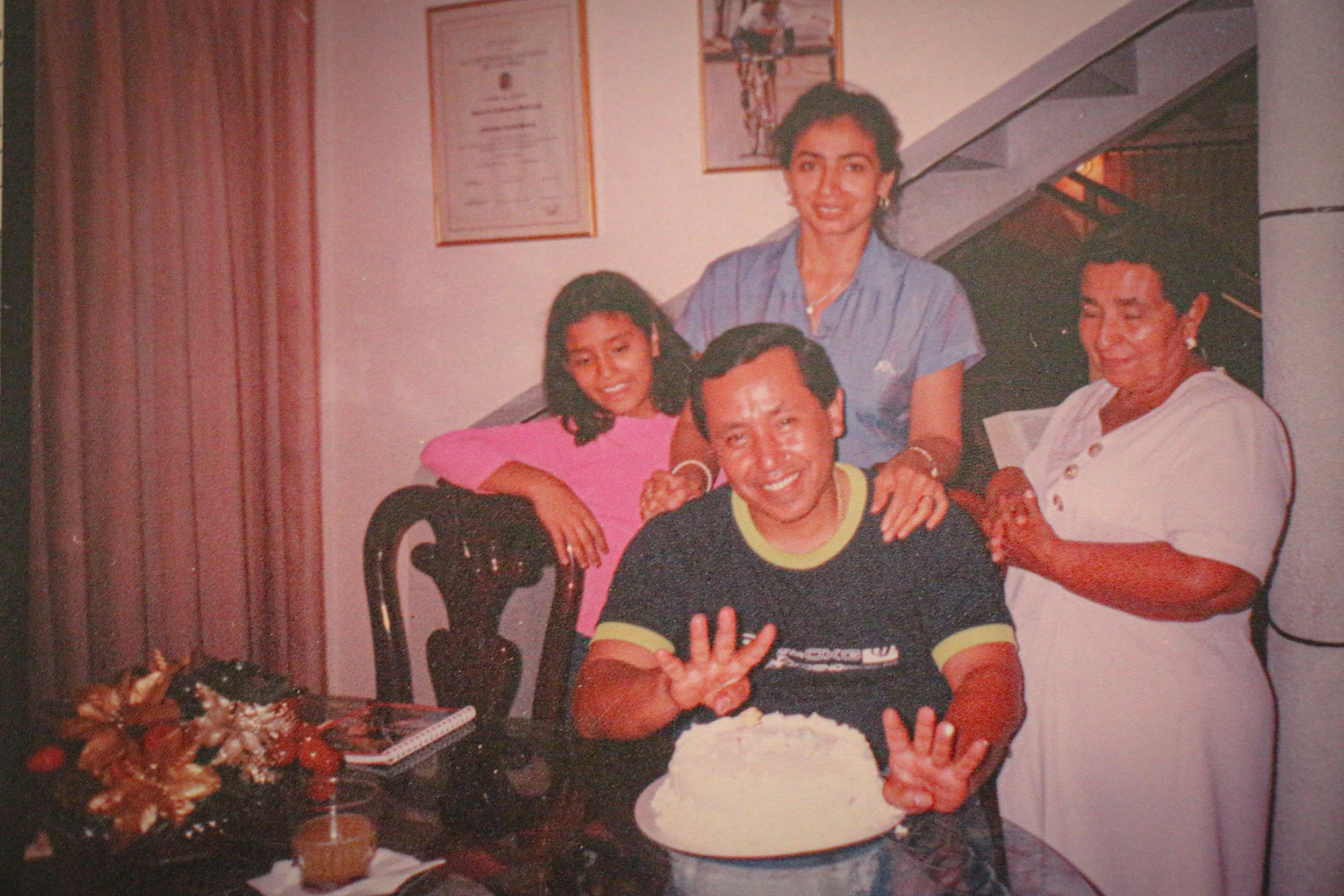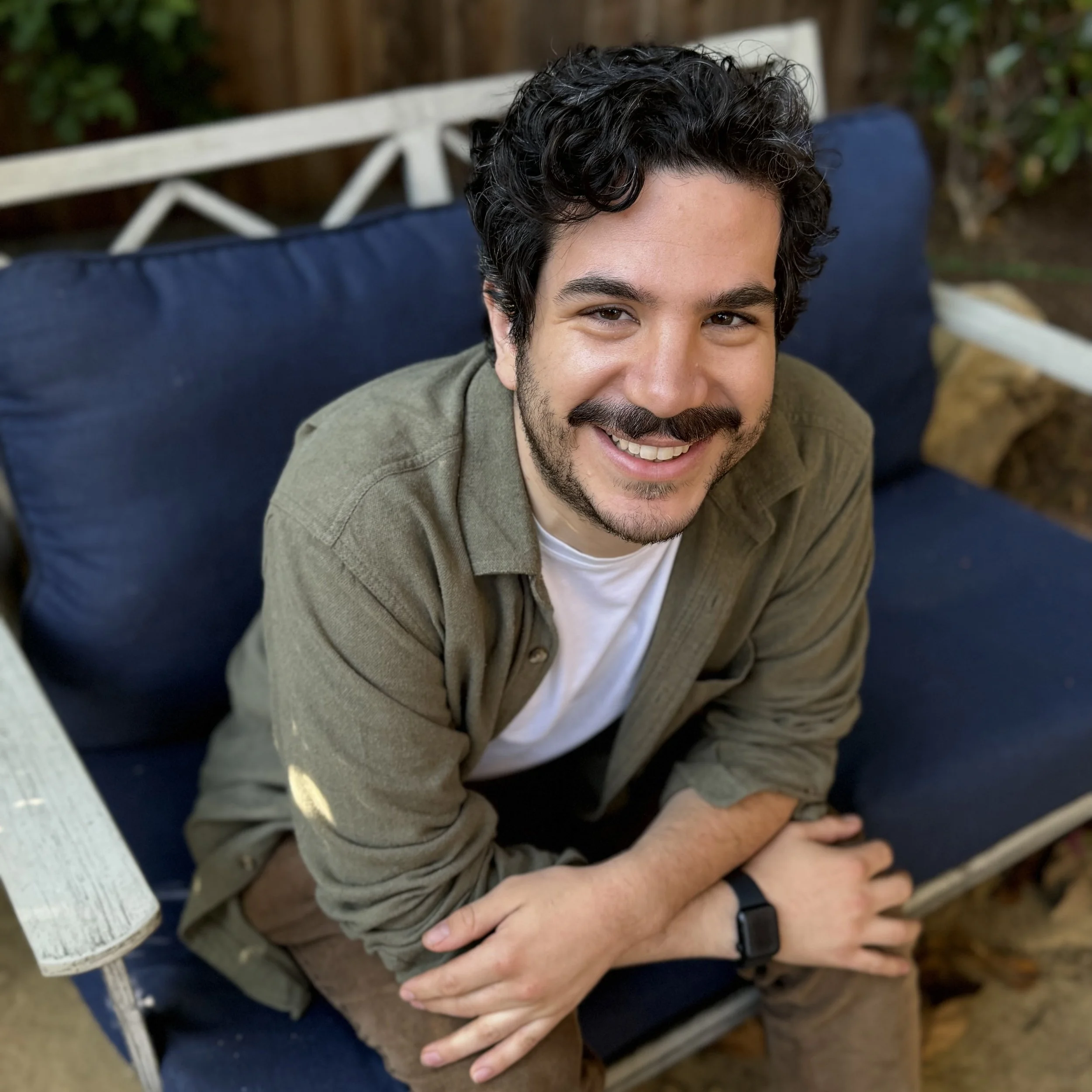The shutdown of USAID trumps the search for Latin America’s desaparecidos
Members of the Search Unit for Missing Persons look in Labateca, Colombia, in 2021 for Colombians who disappeared during the 50-year-old conflict. Photo courtesy Search Unit for Missing Persons
As U.S. funding vanishes, families and forensic teams face an agonizing question: Who will help find the missing now?
After a week listening to victims of unspeakable war crimes, Ángela Cordón makes herself a cup of coffee and sets a thick folio on the dinner table in her home in Neiva, Colombia. It’s just past noon, and the heat scatters through the rooms, clinging to the portraits, diplomas, and the wooden furniture that haven’t been moved for 20 years. From the stack of legal documents, slightly browned by time, a photograph slips: a man smiling behind a birthday cake, surrounded by his family. Cordón places her finger on him, her father, who disappeared two decades ago.
She has spent the past 22 years searching for him. She trudged through Colombia’s bureaucratic labyrinth, read every report, and spoke with ex-guerrillas who might have known his fate. Nothing. After years of looking and not finding, the search stopped being only for him. Grief turned into something else: a sort of purpose. Last year, she joined the Unidad de Búsqueda de Personas Dadas por Desaparecidas (the Search Unit for Missing Persons), the state agency created to locate the more than 100,000 who vanished during the conflict that gripped the country for five decades. “You can’t walk away from the spaces that give you a sense of hope,” Cordón says. “Where you can say, ‘Well, I haven’t found my dad, but I can help find so many others.’”
That work suffered a major blow earlier this year. This time, it was not from the local actors Cordón had learned to confront, but from thousands of miles away. On his first day in office, President Donald Trump froze all foreign aid. Within weeks, the U.S. Agency for International Development (USAID), Washington’s humanitarian arm, was dismantled. Over four decades, the United States had become the world’s largest funder of efforts to find the disappeared. In 1996, President Bill Clinton helped launch the International Commission for Missing Persons (ICMP) to investigate atrocities in the former Yugoslavia. USAID backed the ICMP for years and, as recently as two years ago, helped fund the strategic roadmap for Sri Lanka’s Office of Missing Persons. In Latin America — the region where the word disappeared took on the weight it holds today — USAID funded forensic labs, genetic databases, and grassroots organizations searching in Argentina, Peru, Guatemala, and Mexico.
In Colombia, the agency Elon Musk called “criminal” was essential to create the Search Unit Cordón now works for. Until this year, Colombia was the top recipient of U.S. aid in Latin America, and a portion of that money helped turn the unit into the world’s most ambitious effort to recover the disappeared. In six years, it has found and identified nearly 3,000 bodies, and in her first year, Cordón has found six.
Now, with only a fraction of USAID programs still standing and no clear plan for what comes next, the future of Latin America’s search for its disappeared hangs in the balance. Institutions like the Search Unit may survive, but with a key ally gone, no one knows what that survival will look like.
Ángela Cordón has searched for her father since age 15, after he was kidnapped and disappeared by the FARC in March 2003. Photo by Juan Pablo Pérez Burgos for palabra
Latin America’s desaparecidos
Sitting with her gaze down, Ángela flips through legal documents and old magazine clippings, and pauses at a corroding paradox: all the pain she has endured began with an act of love. In the span of a week in January 2003, she lost two uncles, who were kidnapped along with three drivers who worked with them selling corn, beans, peas, and other local produce. All were taken by the FARC (the Revolutionary Armed Forces of Colombia, in English), the guerrilla group that at the time controlled much of southern Colombia. In just days, the war that had long seemed distant breached her home. Her father, Ángela recalls, fell into despair. One of the missing was his younger brother, his closest friend, the man who had introduced him to his own wife.
Desperate, he started making calls, chasing rumors, piecing together what little trail there was from Neiva to his missing brother. A month later, he reached a FARC commander and arranged to negotiate his brother’s release. He traveled deep into the Amazon and never returned. No ransom was ever demanded. No one saw any of them ever again.
The six men became part of the more than 120,000 people who disappeared during Colombia’s fifty-year war among leftist guerrillas, the state, and right-wing paramilitaries. In its final report, the Colombian Truth Commission, which investigated what happened during the conflict, noted that many cases were never officially registered, and if those are taken into account, the true toll could jump to 210,000. That would be the equivalent of the entire population of the island of Hawaiʻi vanishing without a trace.
Ángela Cordón looks through some of the last photos taken of her father. Photo by Juan Pablo Pérez Burgos for palabra
Nowadays, we say the Cordóns were disappeared by the FARC. A century ago, the phrase would have made no sense. Sure, people might go missing — lost in war or wilderness — but no one said they were disappeared. “Disappear” wasn’t a transitive verb; it wasn’t an action one human being could inflict on another. Even under Franco, Stalin, or Hitler, political opponents were executed in secret and buried in silence, but the act lacked a formal name.
That changed in the 1970s, when families and activists in Chile and Argentina began denouncing that same tactic during the U.S.-backed military dictatorships. Opponents were abducted, detained, tortured, killed, their bodies thrown into the ocean, and their fates concealed. The Spanish word desaparecido, disappeared, began to denote a state of being — not alive, not yet dead, but suspended in absence, and those who loved them were doomed to an unending grief. As the practice spread across Latin America and beyond, the United Nations in 1992 officially recognized enforced disappearance as a crime against humanity.
“The desaparecido is not someone who disappears, but rather someone who was disappeared,” said attorney Ariel Dulitzky, director of the Human Rights Clinic at the University of Texas at Austin. “Even in the lexicon of human rights, that word, transformed in Spanish, was incorporated into English.”
When Ángela Cordón began searching for her father in 2003, disappearance had long been weaponized in Colombia by the left and the right. In the early days of the search, she was just 15, so it was her mother, grandmother, and aunts who led the way. No state agency offered support, Cordón says. They relied solely on marches, vigils, and the solidarity of others living the same nightmare.
Ángela Cordón and her family never stopped searching, organizing protests, and vigils. The case became known as “Huila Traders and Drivers.” Photo by Juan Pablo Pérez Burgos for palabra
In Latin America, the search for the desaparecidos has always begun on the streets. When it shifted to mass grave exhumations, it still lacked government support, and the first forensic efforts were fueled by international cooperation. In Argentina, the Equipo Argentino de Antropología Forense (EAAF, or Argentine Team of Forensic Anthropology), the forensic team that would go on to train experts in 65 countries, began with help from European and U.S. foundations, and scientific training from the American Association for the Advancement of Science.
At first, the team refused U.S. government aid as a matter of “ideological coherence,” said Luis Fondebrider, forensic anthropologist and one of the EAAF’s founders. They couldn’t accept money from the same government that backed the military dictatorship responsible for the crimes they were investigating. That changed in 2007, when, after many discussions, they accepted $1.5 million from USAID to develop a genetic database and build a DNA lab. The effort, Fondebrider said, helped them double the number of identifications. It was one of the first U.S. government contributions to the search for the disappeared in Latin America. For human rights lawyer Dulitzky, more than a policy shift, it was a form of reckoning.
“Disappearances in Latin America were rooted in the ideological framework the U.S. helped shape through its promotion of the national security doctrine, which saw political opposition as an internal enemy to be eradicated,” he said. “By funding the search for the disappeared, the U.S. offered, at least symbolically, a form of historical reparation.”
For those exhuming the remains, the work has also been about one thing: easing the pain of families.
“We don't bring people back to life,” Fondebrider said. “But relatives thank us. They say, 'Well, now I can visit their grave; I can continue with my life.’ They’re able to carry out the rituals human societies have carried out for 50,000 years. We work at a micro level of history, not the macro, helping to return the identity to those who had it taken away.”
Search Unit teams at Saravena Catholic Cemetery in Arauca, Colombia, recover bodies of victims reported missing during the country’s armed conflict. Photo courtesy Search Unit for Missing Persons
A legacy abruptly undone
In the last days of January 2025, Luz Janeth Forero, director of the Search Unit, was glad that, after months of bureaucratic delays, a $660,000 USAID grant was finally allowing her to hire new forensic anthropologists. But three days after they began work, her phone rang. It was USAID’s representative in Colombia, telling her the project had been shut down and the contracts terminated. Forero was stunned. The grant was meant to ease one of the Search Unit’s most painful bottlenecks: the widening gap between bodies recovered and the far fewer identified and returned.
“This can’t stop,” she told the general secretary. “I don’t care how, but we have to hire these people. We are not losing them.” He ran the numbers and found a way to keep them. But Forero understood that something larger was unraveling. The loss of this grant wasn’t just a bump in the road. It was, in a way, the end of an era in which the U.S. had been a steady, if complicated, partner in Colombia’s search for its disappeared.
That partnership began in 1999, with the launch of Plan Colombia, the $9 billion aid package to combat drug trafficking and guerrillas. Though framed as a strategy to promote the rule of law, Plan Colombia also strengthened the country’s forensic system by funding new technology, genetic databases, and training. By the time of the 2016 peace accord, USAID had become a trusted ally of the country’s social movements. After years of controversy — including early projects that ended up in the hands of paramilitaries — the agency emerged as one of the main supporters of the accord’s chapter on victims, which laid the groundwork for the new transitional justice system that included the Search Unit.
Unlike any other government agency in the world, the unit is dedicated solely to the humanitarian task of locating the disappeared. It doesn’t assign criminal responsibility or prosecute. Its purpose is to offer answers to those who have been looking for decades. In the seven years since its creation, the unit received about $2.6 million from USAID, Forero said. That may seem like a drop in the bucket for an agency operating with a $43 million annual budget. But at the beginning, it was crucial.
Search Unit director Luz Janeth Forero at an operation in San Rafael Cemetery in Fundación, Colombia. Photo courtesy Search Unit for Missing Persons
Luz Marina Monzón, the Search Unit’s first director, remembers how fragile things were in 2018. Although President Juan Manuel Santos had created and backed the transitional justice system, he had not prioritized the Search Unit. While the Special Jurisdiction for Peace and the Truth Commission had been created, the agency remained in limbo. And time was running out. In August, Iván Duque, who had campaigned against the peace deal, was going to take office. That’s when USAID stepped in and pulled its soft power tricks from up its sleeve. The agency, Monzón said, organized a high-profile event bringing together victims, civil society leaders, and international forensic experts to show the importance of the Search Unit. Just days before leaving office, Santos signed the executive orders that officially launched the agency.
“USAID was key in defending what victims had demanded throughout the entire peace process,” Monzón said. “They helped ensure that the Search Unit was created as agreed.”
USAID, Monzón added, funded the first teams of anthropologists, forensic experts, doctors, statisticians, and sociologists. It also financed the technology that identified 25,000 unknown bodies as victims of the conflict, which was crucial for cross-referencing data across Colombian agencies and locating the first disappeared. Once the wheels were in motion, USAID continued backing key initiatives: establishing the agency’s advisory board, supporting communications and outreach, shaping regional search strategies, and equipping its experts with tools to care for their own emotional well-being. “With their experience in searches around the world, USAID staff were crucial in helping us start searching,” said Monzón. “They gave us the push we needed.”
Search Unit leads a recovery mission in the mountain range of Victoria, Colombia. Photo courtesy Search Unit for Missing Persons
An uncertain future
One night, Ángela Cordón saw her father sitting on a mountain peak. He was still, silent, and his gaze fixed. Her dreams tend to be like that: frozen, like portraits detached from time. Awake, she holds to a different kind of dream: that one day, she might recover his body from the jungle.
She knew nothing for years. Then, in 2017, a former FARC guerrilla told her that her father had found his brother, and both had been executed and buried near the edge of El Chiribiquete, the world’s largest rainforest national park. It took seven years before anyone could reach the site. Last year, a team of forty people — Search Unit staff, United Nations officials, and Indigenous guides — cut a ten-mile path through the jungle. They found the old kitchen that the ex-combatant had described as a reference point and began to dig. After three days of not finding anything, the heavy rains drove them out.
“It was hard,” Cordón says. “The first few days, I felt frustrated; so many mixed emotions. I couldn't quite process it, because it was something I had dreamed about my whole life. And yet, at the same time, I knew we had done everything humanly possible to find them, to know if they were there.”
Another expedition, she says, seems unlikely. There is not much more information, and the resources such missions demand are now rarer. Although the search for Ángela’s father was not funded through international cooperation, it did count on the presence of members of the U.N.’s Verification Mission in Colombia, which monitors the implementation of the peace agreement and whose mandate expires in October. The collapse of USAID means more than a loss of funds; it marks the departure of a powerful ally that lent legitimacy, pressure, and continuity to Colombia’s search for its disappeared.
“Out in remote areas, arriving as the Colombian state is very different than showing up with USAID,” said Forero. “The impact is completely different. It’s the political effect of what it means to be supported, legitimated by American cooperation, and the impact it has had not just in issues related to peace, but also public health and rural development.”
Search Unit teams look for bodies in the remote areas of Colombia, from the Andes and the Caribbean to the Amazon and the Pacific. Photo courtesy Search Unit for Missing Persons
USAID was also a bridge that connected Colombian forensic scientists with peers in Argentina, the Balkans, or Sri Lanka. For Dulitzky, the shutdown will affect “scientific progress” in the forensic sciences. At the Search Unit, Forero feels the same way.
“International cooperation is a window to the world,” she said. “The global perspective their staff brings is absolutely important, because it opens our eyes. Through them, we can say, ‘Well, what they are doing in this country could be useful; perhaps we can adapt it to our culture and apply it.”
For now, the Search Unit has the support of Colombian President Gustavo Petro. But his term is ending, and what comes next is uncertain. The dismantling of USAID, said Gimena Sánchez-Garzoli, Director of the Andes for the human rights advocacy group Washington Office on Latin America (WOLA), could be felt harder when the government changes. Without USAID’s soft power and diplomatic pressure, there may be no one left to advocate for crucial parts of the accords, like the rural chapter or the transitional justice system.
Support the voices of independent journalists.
|
“We don't know what that government's going to be,” she told palabra. “In a scenario where the European funding has been dropping significantly, it's going to be a problem. The institutions in one shape or form will continue. What I think is going to be harder are the civil society groups, especially the rural ones.”
The future of the search will depend, more than ever, on political will, said Fondebrider. “If states seeking their disappeared would divert a little more money and prioritize, there wouldn't be a need for external funding,” he said. “In Mexico, Colombia, Argentina, this effort, compared to other expenses, is nothing. It's a matter of political will. When there’s none, that’s when you ask for money from international cooperation.”
But the weight won’t likely fall just on governments. It will also rest on the shoulders of those who have led the search for years: the victims themselves. People like Cordón, who will keep looking as long as her 94-year-old grandmother lives and wonders about her son. Cordón still sees her father every other night. If not seated atop a mountain, then in a dream that has returned again and again since he vanished: her parents, sisters, grandparents, all gathered beneath the waterfall they used to visit on Sundays. No one speaks. All are swooning with the sound of water and the ever-blazing Colombian sun, which warms their bodies and doesn’t distinguish between the living, the dead, and the disappeared.
Guillermo Cordón celebrates his last birthday before his disappearance with his wife, mother, and younger daughter. Photo courtesy of Ángela Cordón
—
Juan Pablo Pérez Burgos is a bilingual journalist with nearly a decade of experience reporting on human rights, the environment, and public policy across Latin America and the United States. His work blends investigative depth with narrative storytelling to show how politics, institutions, and history shape everyday life. After earning a master’s degree from UC Berkeley’s Graduate School of Journalism, he’s now in rural California, covering agriculture, housing, and local government as one of UC Berkeley’s California Local News Fellows. His writing has appeared on BBC, Mongabay, KneeDeep Times, Berkeleyside, BenitoLink, and La Silla Vacía. @jpperezburgos
Patricia Guadalupe, raised in Puerto Rico, is a bilingual multimedia journalist based in Washington, D.C., and is the co-managing editor of palabra. She has been covering the capital for both English- and Spanish-language media outlets since the mid-1990s and previously worked as a reporter in New York City. She’s been an editor at Hispanic Link News Service, a reporter at WTOP Radio (CBS Washington affiliate), a contributing reporter for CBS Radio network, and has written for NBC News.com and Latino Magazine, among others. She is a graduate of Michigan State University and has a Master’s degree from the Graduate School of Political Management at George Washington University. She is the former president of the Washington, D.C., chapter of NAHJ and is an adjunct professor at American University in the nation’s capital and the Washington semester program of Florida International University. @PatriciagDC

